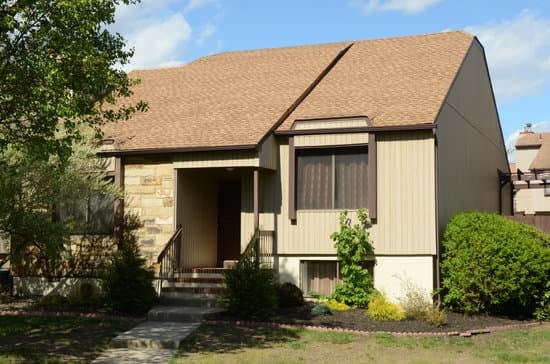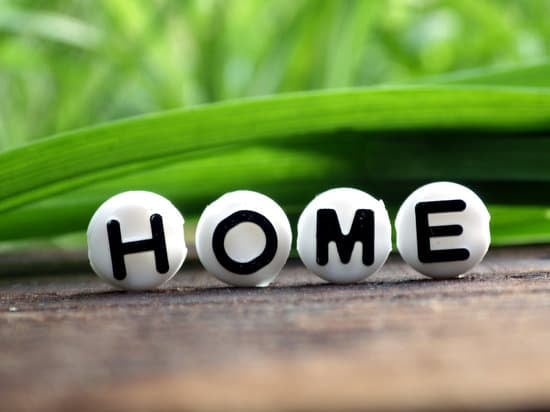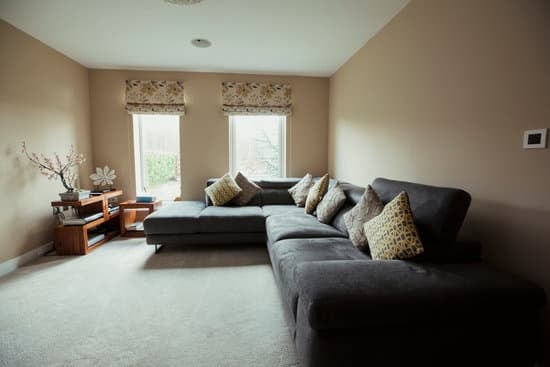When it comes to the difference between Scandinavian and Nordic, it can be a bit confusing. While the terms are often used interchangeably, there are some subtle differences. To break it down simply, all Scandinavian countries are Nordic, but not all Nordic countries are Scandinavian. Allow me to explain further:
Nordic countries refer to all countries in the northern region of Europe, which include Finland, Sweden, Norway, Denmark, and Iceland.
Scandinavian countries are a subset of Nordic countries and only include Sweden, Norway, and Denmark.
Iceland and Finland are Nordic countries, but not considered part of Scandinavia.
Additionally, the term ‘Scandinavian’ typically refers to people of Danish, Norwegian, and Swedish descent specifically.
In summary, while these two terms are often used interchangeably, there is a distinct difference between Nordic and Scandinavian countries. Knowing their differences will help you better understand their history, cultures, and people.




















